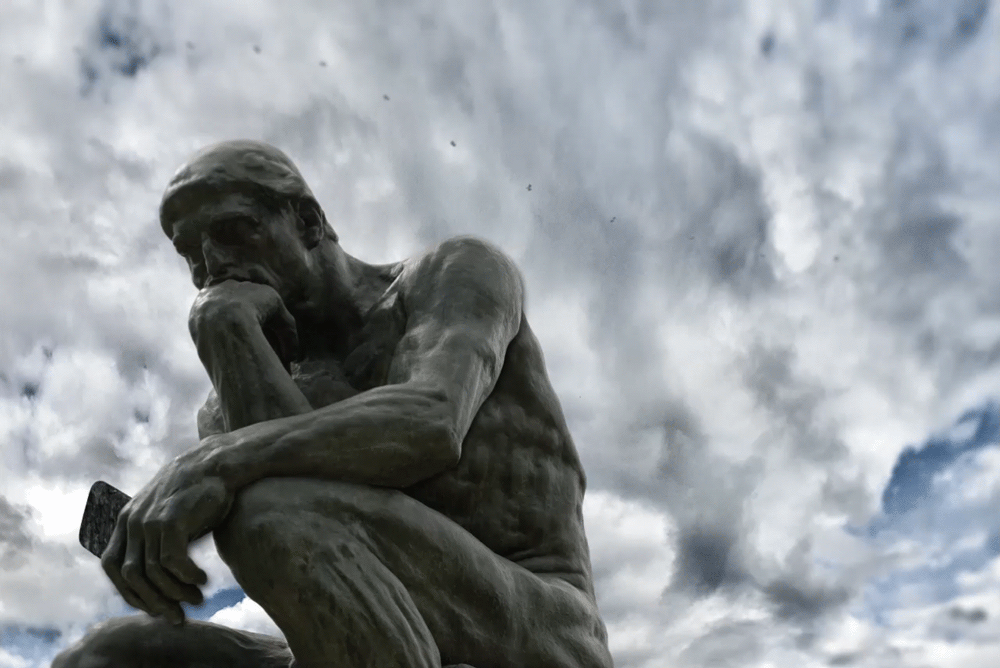If you know anything about the New Testament, then you know that St. Paul spend a lot of time and energy in the great cities of Greece.
It would seem logical for one of the ancient patriarchates of Eastern Orthodoxy to be located in Greece, perhaps in Athens, Corinth or Thessaloniki. So who is the patriarch of the Greek Orthodox Church? Why are the great churches of Greece led by archbishops, instead of their own patriarch?
That’s a complicated question (click here for Orthodox Wiki timeline) and, as always, the Orthodox will argue about many historical twists and turns. But the big idea is that over the centuries Constantinople grew to become the great city of the wider Greek world and, thus, the leader of Greek Orthodoxy remains in Istanbul. That’s where the Ecumenical Patriarch’s few remaining churches have faced crushing persecution by the Turks. Consider the plight of Turkey’s only seminary, in Halki, which has been shuttered for half a century. Halki is a tragic and sad place. I’ve been there.
Thus, the archbishops in Greece are powerless and without influence? Tell that to the Greeks.
What does this have to do with a simplistic, laugh-to-keep-from-crying paragraph of unattributed information — written in classic “omniscient anonymous" voice — in another New York Times story about the religious tensions in Ukraine? Here is that paragraph:
The Russian church … has made no secret of its desire to unite the branches under a single patriarch in Moscow, which would allow it to control the holiest sites of Orthodoxy in the Slavic world and millions of believers in Ukraine. The Ukrainian Orthodox Church, for its part, has been slowly asserting itself under its own patriarch, reviving a separate and independent branch of Eastern Orthodoxy, after the independence of Ukraine in 1991.
Where to begin?
If you know anything about Orthodox Christianity in the Slavic world, you know that the story begins in Kiev in 988 with the “Baptism of Rus“ in the waters of the Dnieper River, after Prince Vladimir embraced Orthodox Christianity as the faith of his lands. The famous Lavra of the Kievan Caves was founded in 1051, marking the birth of monasticism in what would become the Russian world.
Kiev was the key city in Slavic Orthodoxy. However, Moscow grew in importance and, eventually, became the base for the Russian Orthodox Church, much as Constantinople became the great city of the wider Greek world.




